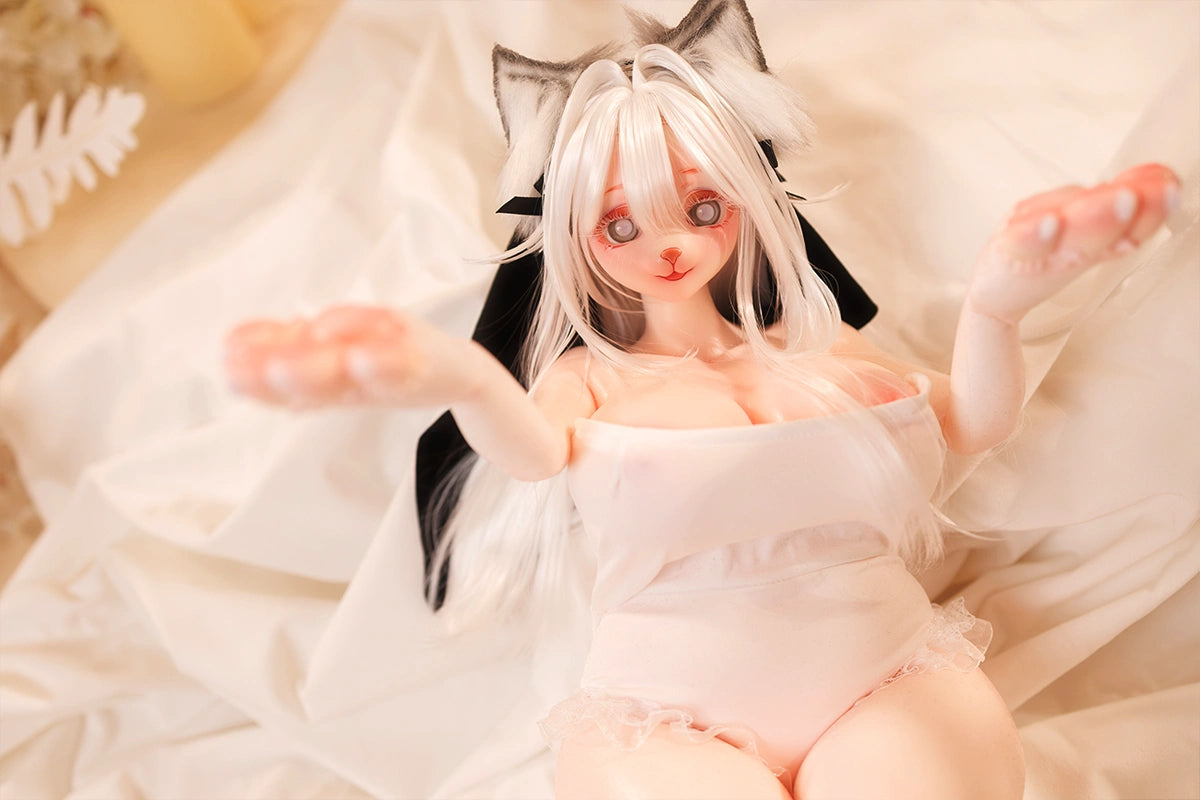The Myth Behind Love Dolls
The story of sex dolls is rooted in humanity's quest for companionship in times and situations where it can be hard to find. This narrative stretches back through history, featuring figures like Oskar Kokoschka, who created a life-sized doll of his lost love, as well as the dames de voyage that provided sailors with comfort during long months at sea. These early inspirations eventually led to the modern love dolls we see today, including iconic examples like Bild Lilli and RealDoll.
Throughout history, people have crafted statues and figures, reflecting our desire for connection. Interestingly, a myth from one of the earliest civilizations has also significantly influenced the design of love dolls today.
Galatea and Metamorphosis
Around 8 AD, the Roman poet Ovid completed The Metamorphoses, a vast narrative poem chronicling the history of the world from its creation up until 42 BC, the year Julius Caesar was deified. Among its many tales, Book Ten tells the story of Pygmalion and Galatea from Cyprus.
Pygmalion was a sculptor who became disillusioned by the perceived immorality of the Propoetides and dedicated himself to creating a perfect ivory statue of a woman. This statue, later named Galatea (though not in Metamorphoses), was so flawless that Pygmalion fell deeply in love with it. He treated the statue as a living partner, adorning it with gifts and affection.
During a festival for the goddess Aphrodite, Pygmalion prayed for a bride who resembled his statue. To his astonishment, when he returned home and kissed the statue, Galatea came to life, leading to their marriage.
The Pygmalion myth has had a profound impact on culture, inspiring works from Shakespeare’s The Winter’s Tale to Disney’s Pinocchio and the film Mannequin. Its influence extends beyond literature into the arts and societal perceptions of love and beauty.
Pygmalion’s Cultural Impact
The tale of Pygmalion resurfaced during the Renaissance, likely contributing to the concept of dames de voyage. By the 19th century, the idea of falling in love with a statue took on a stronger cultural significance.
Iwan Bloch, who documented love dolls, introduced the term “Pygmalionism,” inspired by an 1877 story of a gardener enamored with a statue of Venus de Milo. Bloch described a performance where three naked women posed as statues, observed by a man embodying Pygmalion, who watched as the women eventually “came to life.”
This period coincided with the creation of the first rubber sex dolls, which, through a century of innovation, evolved into increasingly lifelike representations.



















